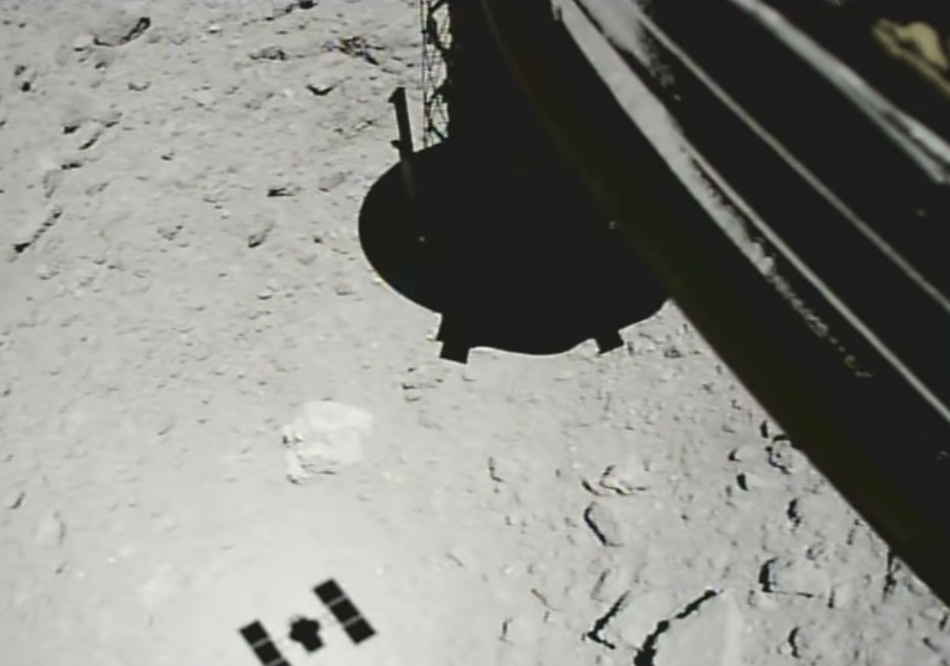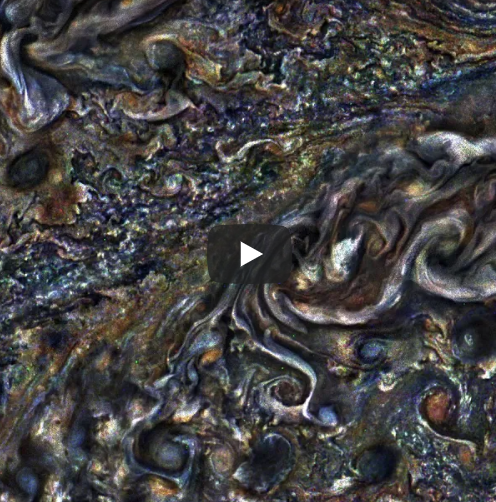BepiColombo - The First Mercury Mission in 14 Years
Artist’s impression of BepiColombo arriving at Mercury. Image Credit: Spacecraft: ESA/ATG medialab; Mercury: NASA/JPL
We’ve explored many of the planets in our Solar System, but one of our neighbors that’s been ignored for too long is Mercury. In 2018, international space agencies joined forces to launch the first mission to Mercury in over 14 years: BepiColombo.
Which space agencies are involved in the Mercury mission?
The European Space Agency (ESA) and Japan Aerospace Exploration Agency (JAXA) teamed up to launch BepiColombo in October 2018, following up on the work of Mariner 10 and MESSENGER - the only other missions which have closely explored our innermost planet.
Why haven’t we explored Mercury further?
Mercury is difficult to reach because of two reasons: the speed required to reach it is relatively high, and because it’s so close to the Sun, falling into orbit around Mercury can be rather unstable. Additionally, Mercury’s harsh conditions make it difficult for spacecraft to survive. Due to its slow rotation, temperatures can vary from 427 °C (801 °F) to −173 °C (−279 °F). Rapidly evolving technology and equipment is helping space agencies overcome some of these former difficulties.
When will BepiColombo reach Mercury?
BepiColombo spacecraft in orbit around Mercury. Image Credit: ESA/ATG medialab
On its 7 year journey, BepiColombo will complete multiple flybys including Earth once, Venus twice and Mercury six times before finally entering into orbit in December 2025. When that happens, BepiColombo will split into its two components: the Mercury Planetary Orbiter (ESA) and the Mercury Magnetospheric Orbiter (JAXA).
What are we hoping to learn from BepiColombo?
Every planet, asteroid, comet, KBO, TNO and moon we study helps shed light on the history and formation of our solar system. Mercury has been a puzzle to scientists for a long time because of its composition and proximity to the Sun. It doesn’t follow the patterns of the rest of the solar system. How could a planet so dense have formed so close to our star? This is just one of the questions BepiColombo hopes to answer.








